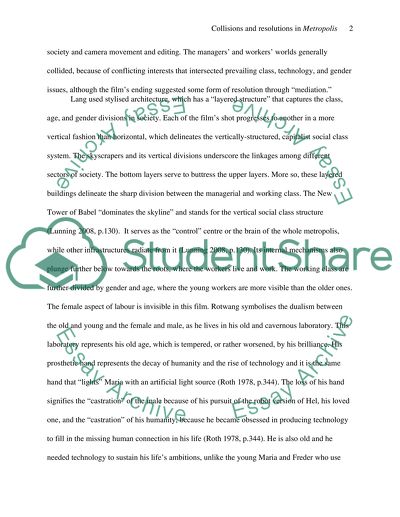Cite this document
(“Collisions and resolutions in Metropolis: Class, technology, and Essay”, n.d.)
Retrieved de https://studentshare.org/visual-arts-film-studies/1391130-collisions-and-resolutions-in-metropolis-class-technology-and-gender-divisions
Retrieved de https://studentshare.org/visual-arts-film-studies/1391130-collisions-and-resolutions-in-metropolis-class-technology-and-gender-divisions
(Collisions and Resolutions in Metropolis: Class, Technology, and Essay)
https://studentshare.org/visual-arts-film-studies/1391130-collisions-and-resolutions-in-metropolis-class-technology-and-gender-divisions.
https://studentshare.org/visual-arts-film-studies/1391130-collisions-and-resolutions-in-metropolis-class-technology-and-gender-divisions.
“Collisions and Resolutions in Metropolis: Class, Technology, and Essay”, n.d. https://studentshare.org/visual-arts-film-studies/1391130-collisions-and-resolutions-in-metropolis-class-technology-and-gender-divisions.


